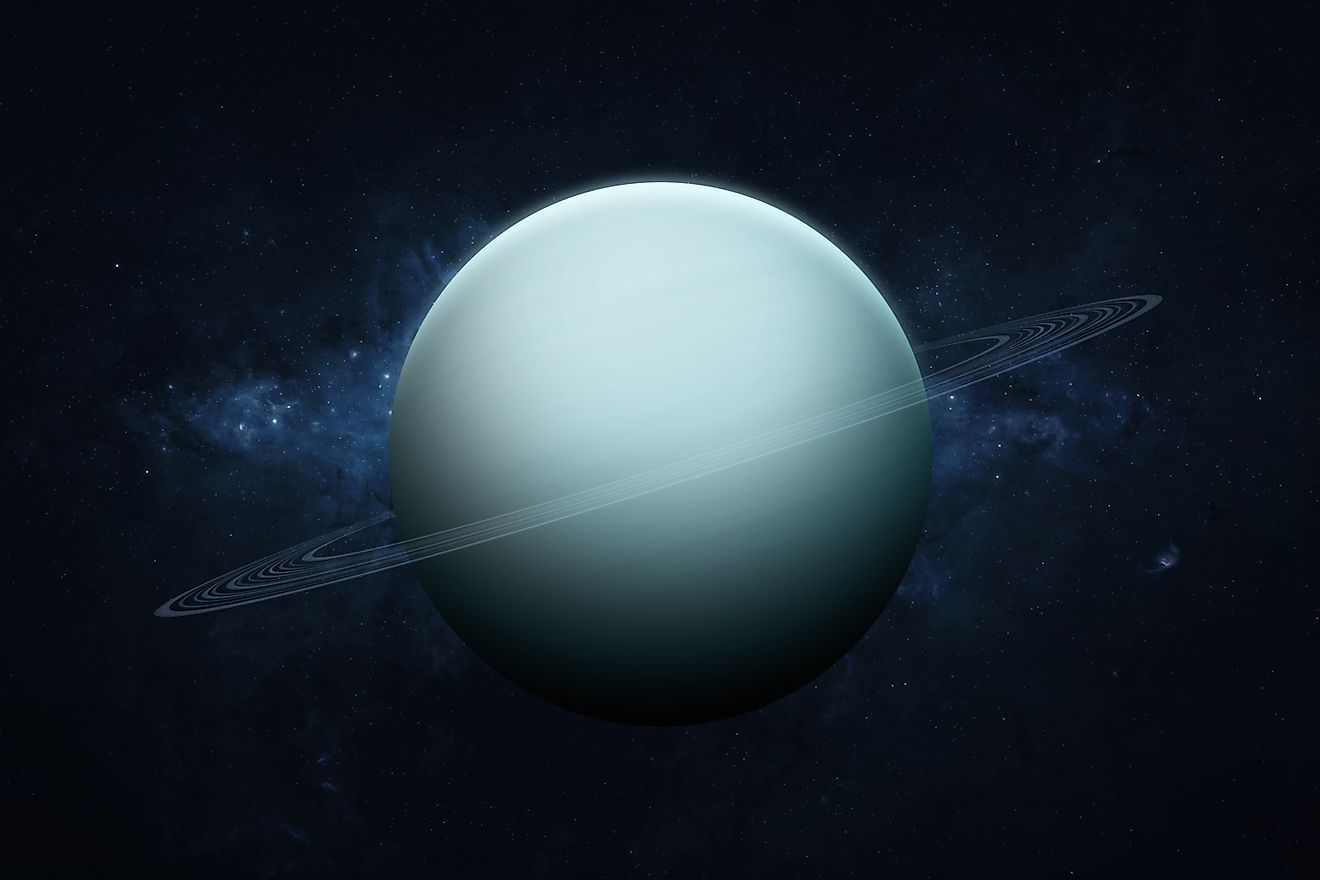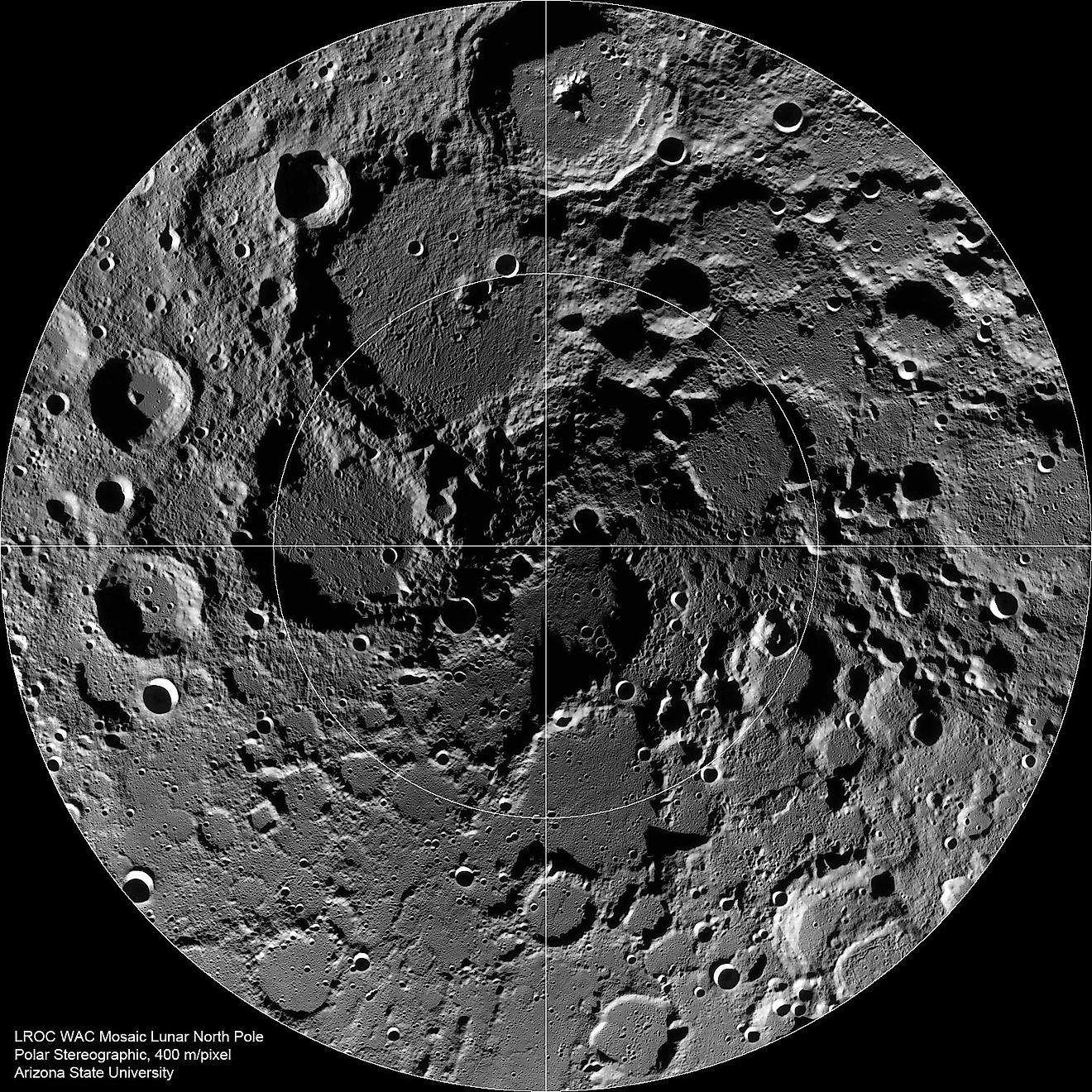
Is The Moon Shrinking?
Whenever we look up at the moon, it doesn’t seem to be getting any smaller. To our eyes, its size remains relatively constant. However, as strange as it may sound, the moon is actually shrinking, albeit very slowly. In fact, NASA estimates that over the last several hundred million years, the moon has shrunk by about 150-feet (50-meters). Why is the moon shrinking and what impact does it have?
Why Is The Moon Shrinking?

The moon is shrinking due to the loss of its internal heat over time. When the moon formed over four billion years ago, it retained a vast amount of heat, yet due to its small size, that heat eventually escapes into space. Heat causes objects to expand, and when objects release that heat into the surrounding environment, it causes objects to shrink. This is what’s happening to the moon. Over time, the moon loses its heat, which causes it to shrink over time. The more heat contained in the moon, the faster it shrinks, and so the rate at which it shrinks is getting slower with time.
Effects Of A Shrinking Moon

When temperature changes occur, they can cause certain objects to crack. When the weather heats up, ice can crack and break. If you wash a glass cup under temperatures that are too extreme, it too can crack and break. This is due to the fact that changing temperatures cause objects to expand and contract. Likewise, the shrinking of the moon due to heat loss is actually causing the moon to crack. Although the moon will never break, its shrinking causes what are called moonquakes. The surface of the moon is brittle, and so the shrinking of the surface inevitably causes it to tear from time to time in a way similar to earthquakes. However, moonquakes are very weak, and come nowhere near the strength of even the smallest earthquakes. To detect moonquakes, astronauts of each Apollo lunar landing in the 1960s and 70s planted seismometers on the lunar surface to detect moonquakes. Interestingly, the seismometers found that moonquakes happen more frequently when the moon is its furthest point from Earth, a result of gravitational stress that the Earth exerts on the moon. In addition to detecting moonquakes, the lunar surface contains an abundance of fault lines and cracks that add further evidence to the fact that the moon is shrinking and cracking.
Challenging Our Perception Of The Moon
The discovery of moonquakes and fault lines changes how we view the nearest world to Earth. We generally see the moon as an unchanging, barren world, yet it is in fact an active world. The moon may change slowly, and moonquakes may be weak, yet it goes to show how appearance can be deceiving. The moon is a dynamic place, and hopefully humans get back there soon to further our understanding of this strange world.











